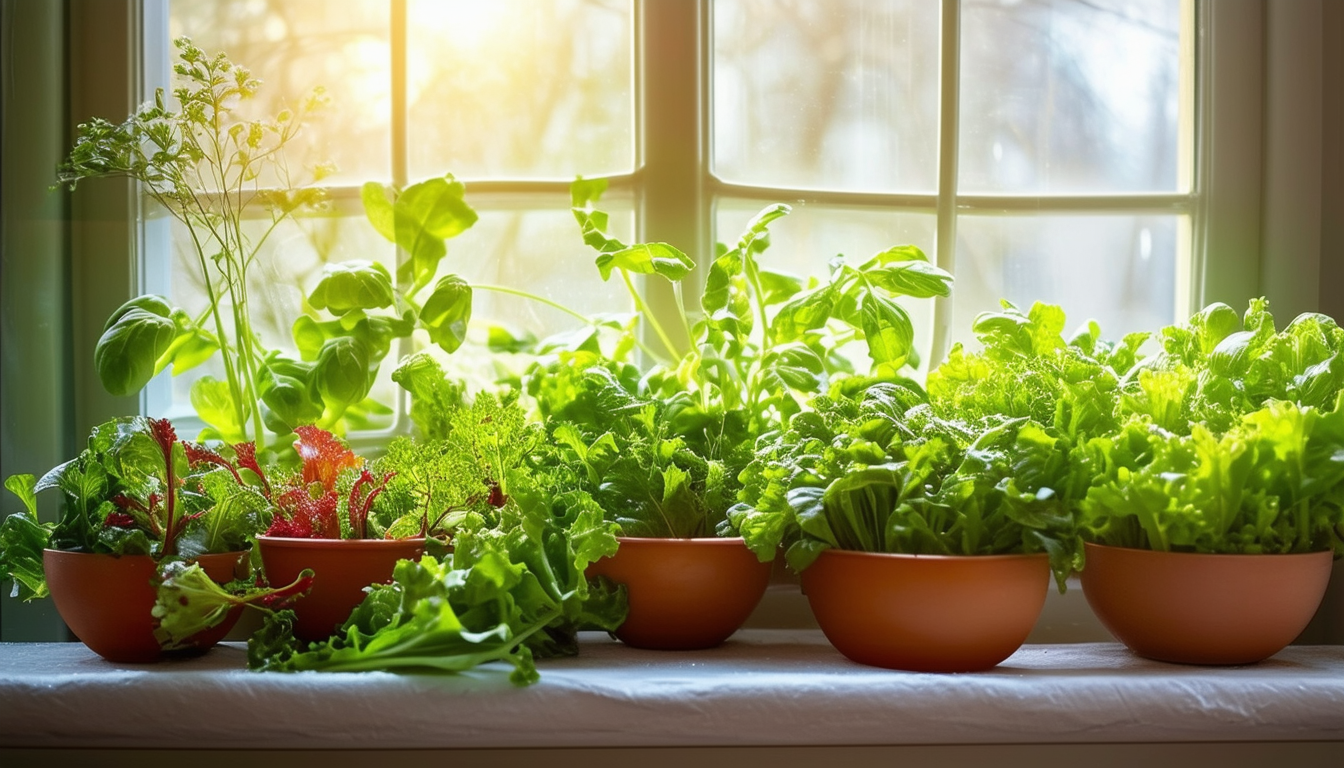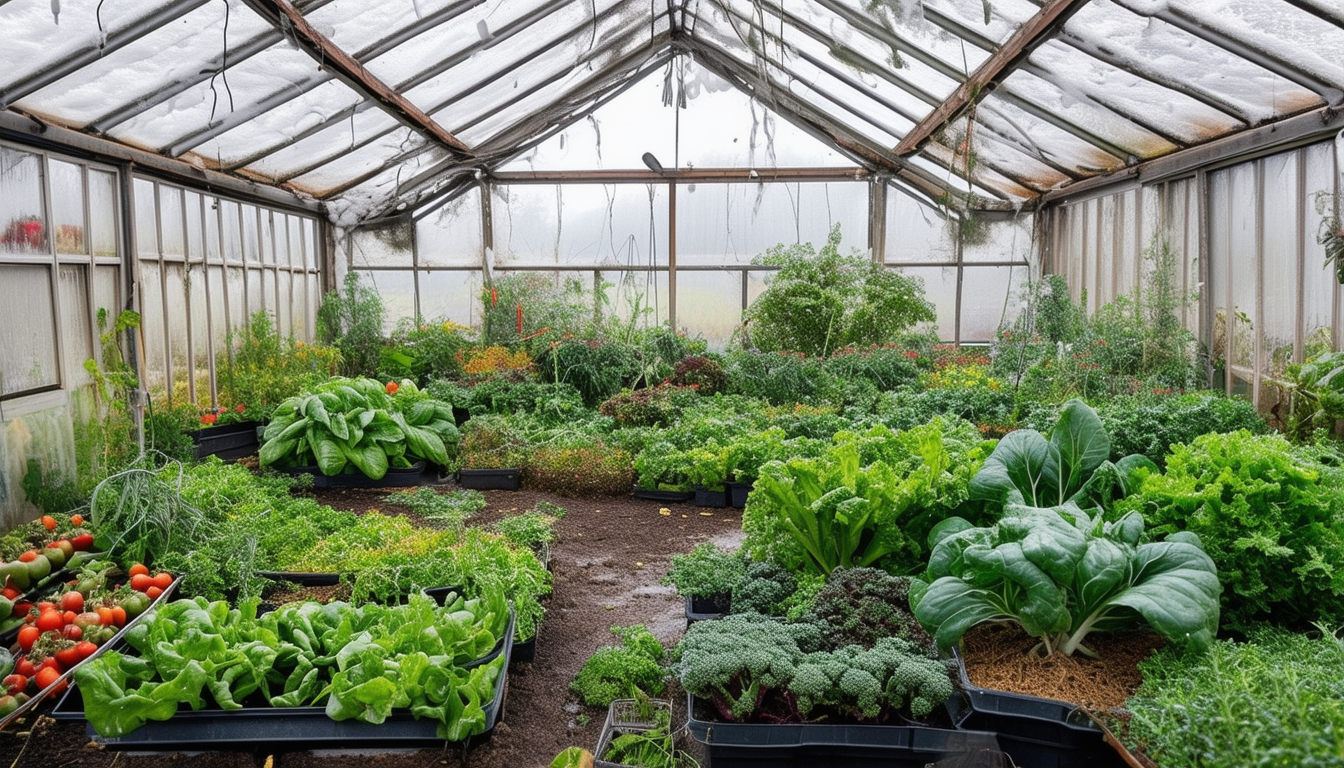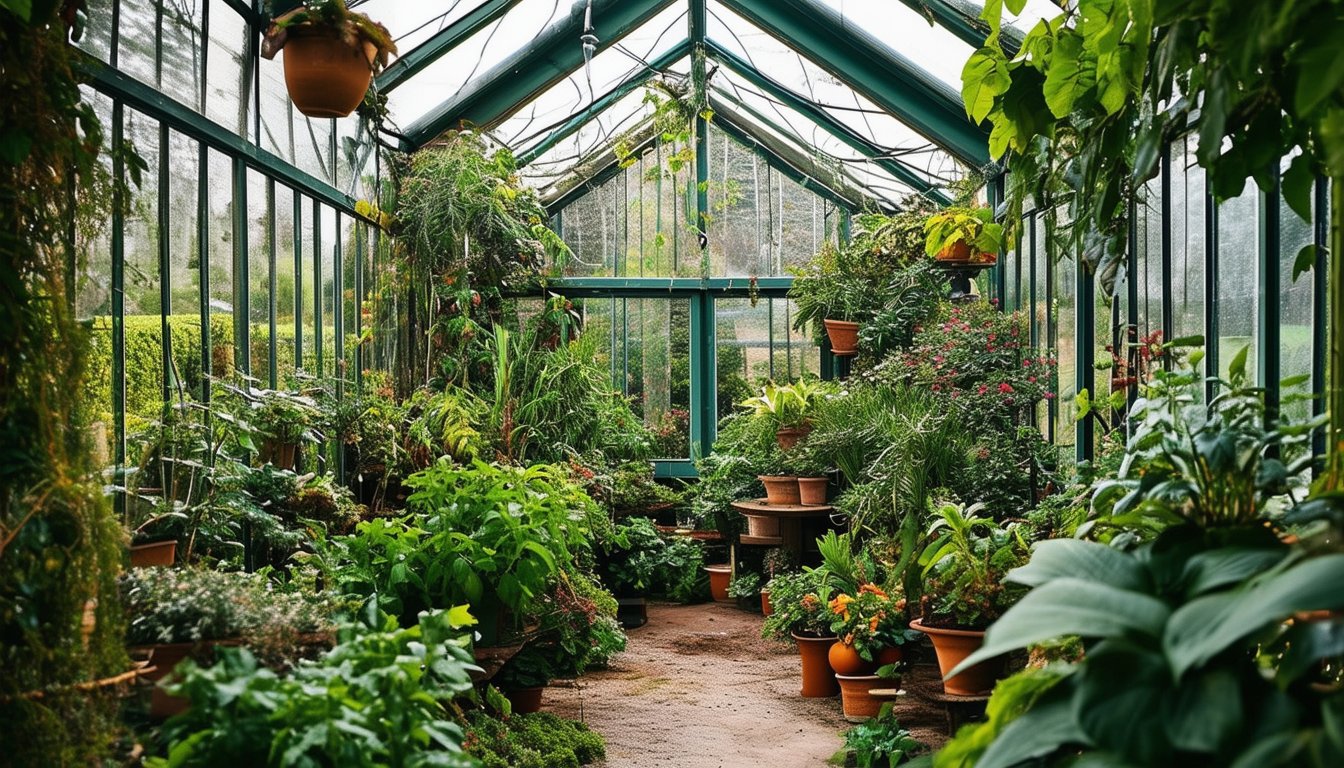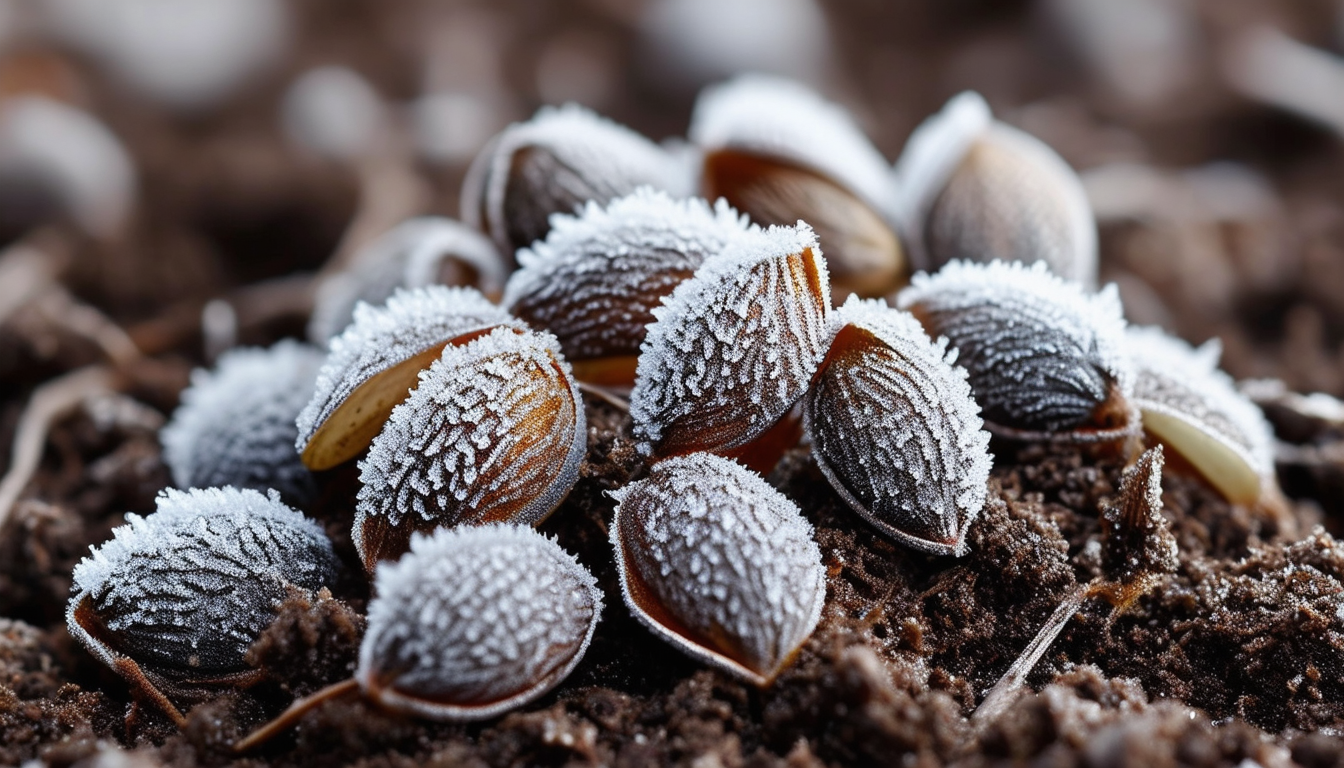
Beat the winter blues and enjoy fresh, home-grown salads all year round by sowing winter greens in your greenhouse, conservatory, or on a sunny windowsill.
Why Grow Winter Salads Indoors?
Growing winter salads indoors allows you to enjoy fresh, nutritious greens even during the cold months. By cultivating salads indoors, you can bypass the challenges posed by harsh weather conditions and limited daylight hours.
Additionally, indoor gardening can be a therapeutic activity, providing a sense of accomplishment and a connection to nature, which can be particularly uplifting during the winter season.
Choosing The Right Salad Varieties For Winter
Not all salad greens are suited for winter growing conditions. Opt for cold-tolerant varieties such as winter lettuces, arugula, spinach, and endive. These varieties thrive in cooler temperatures and are less likely to bolt or become bitter.
Consider experimenting with different textures and flavors by adding mustard greens, mizuna, or claytonia to your winter salad mix. These greens can add a delightful zest to your winter dishes.
Essential Tools And Supplies For Indoor Salad Gardening
To successfully grow winter salads indoors, you will need a few essential tools and supplies. Start with high-quality potting soil and containers with good drainage. Seed trays, biodegradable pots, or window boxes are all suitable options.
Other useful supplies include a watering can with a fine rose, a spray bottle for misting, and grow lights if natural light is insufficient. Fertilizers and organic pest control solutions can also help maintain healthy plants.
Step-By-Step Guide To Sowing And Growing Winter Salads
Begin by filling your containers with potting soil, leaving about an inch of space at the top. Scatter the salad seeds evenly across the surface and lightly cover them with a thin layer of soil. Gently water the seeds to keep the soil moist but not waterlogged.
Place the containers in a sunny spot or under grow lights. Maintain a consistent temperature of around 60-70°F (15-21°C). Once the seedlings have developed a few true leaves, thin them out to prevent overcrowding. Continue to water regularly and monitor for pests.
Tips For Maintaining Healthy Winter Salad Plants
To keep your winter salad plants healthy, ensure they receive at least 6 hours of light per day. If natural light is insufficient, supplement with grow lights. Rotate the containers occasionally to ensure even light distribution.
Regularly check for signs of pests such as aphids or fungus gnats. Use organic pest control methods to address any issues promptly. Additionally, fertilize the plants every few weeks with a balanced liquid fertilizer to support their growth.



